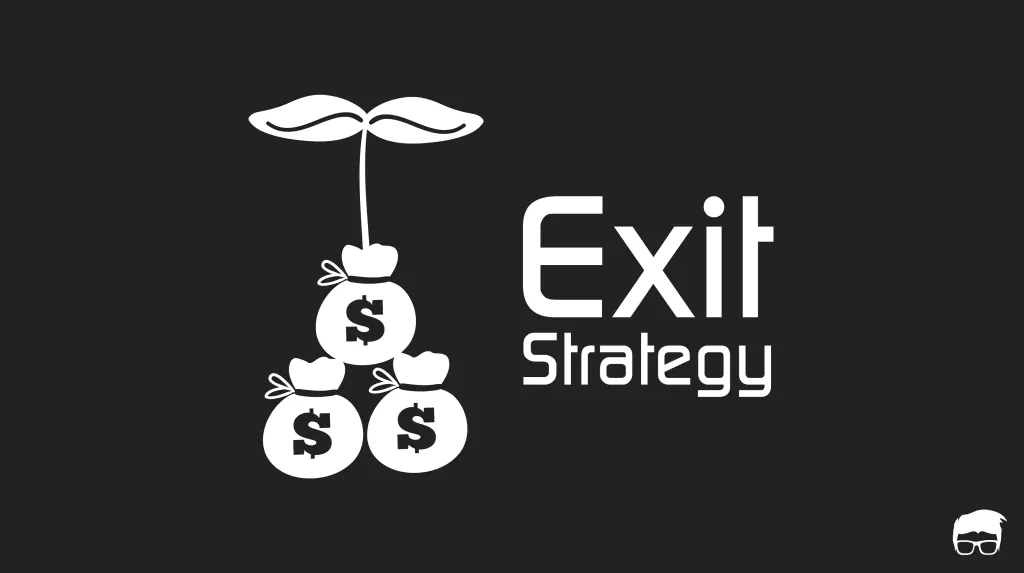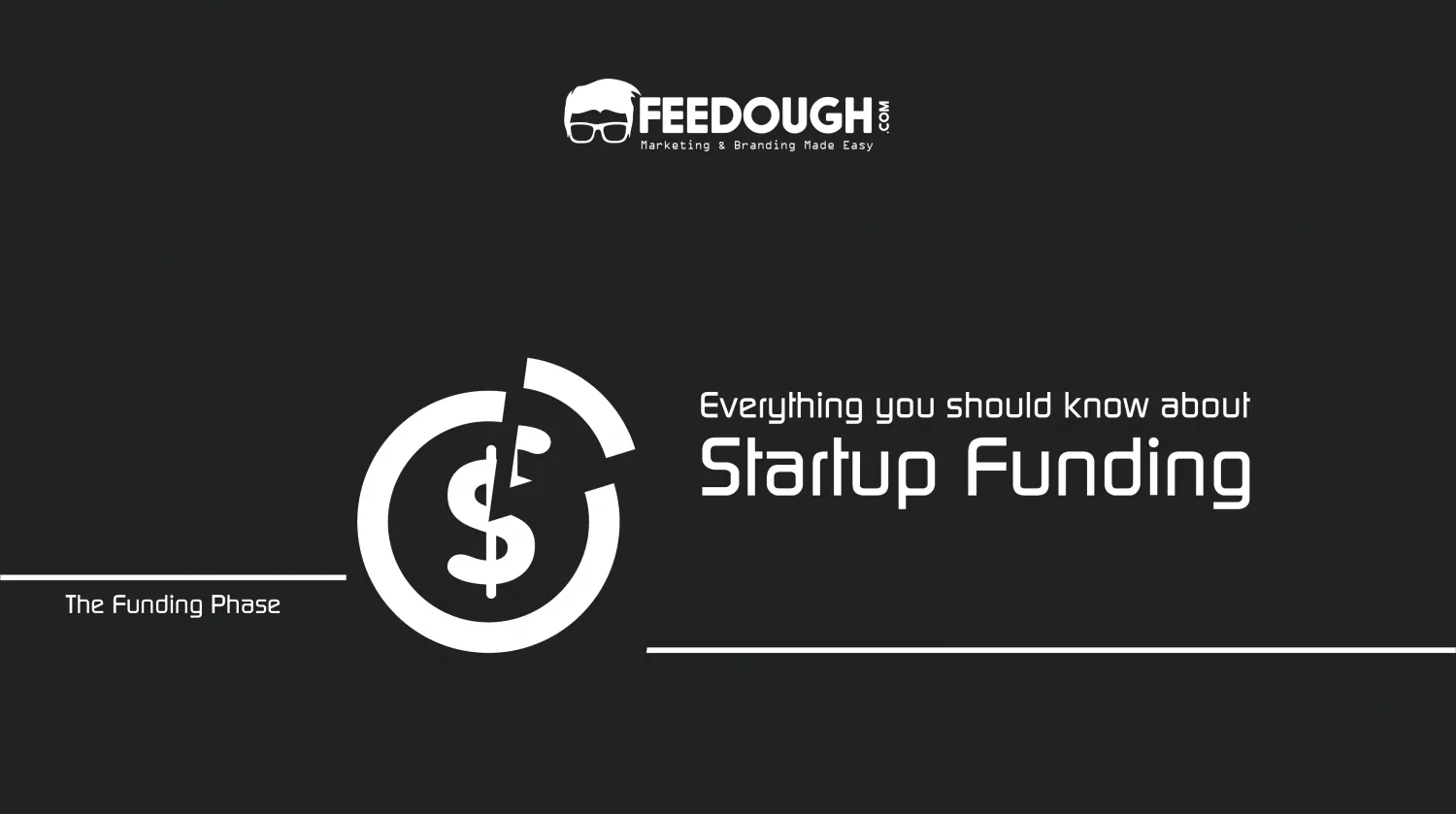Just like you, every stakeholder in your business expects a greater return from their investment. Everyone is looking to reap certain benefits when they plan to move out of the business or after a certain time period. An exit strategy is how you see your business after you are no more a part of it. It makes clear the future benefits one will reap when he exits the business.
What Is An Exit Strategy?
An exit strategy is a contingency plan where the business owner, the investors and the other stakeholders decide how and when they will liquidate their position in the financial asset (the business).
Every investment is done to reap greater benefits. The exit strategy is a plan to reap those benefits when you retire from the business and decide what will happen to your hard work when you move out; Who will run the business? Who will own the shares?
Is Exit Strategy Important?
Most of the entrepreneurs we’ve met till now are so busy planning and growing their business that they never even imagine themselves exiting their business, and then there are those who build their business only to offer them for acquisition to a bigger company. This has led to one of the biggest questions of the startup process – Is an exit strategy important for your startup?
You should realise that there are many parties involved in a business which includes you, the investors, the employees, and the partners. While an exit strategy may not be a priority for you, the investors who block their money by investing in your business always look for the most benefitting strategy to exit. Hence, if you’re planning to raise money to expand your business you should always include an exit strategy in your pitch deck that’ll appeal the investors but at the same time be beneficial for you and your business.
Is exit strategy important? Yes. But a well-crafted, long-term strategy which benefits every stakeholder of the business.
How To Plan An Exit Strategy?
Planning an exit strategy requires a lot of time, effort and clear objectives on your side. In order to draft a perfect strategy, you need to ask yourself these 2 questions-
When Do You Want To Exit?
Even though most of the entrepreneurs aspire for early and a big exit, it is not often viable unless your business model and product have a huge potential and a great market share. It is often presumed that entrepreneurs who plan for early exits undertake risky and short-term decisions which not only backfire on the business but also is a huge turn-off for the investors. Hence, it is advised to look for a long-term (>5 years) exit plan with the right research and better decisions and wise investments which will benefit the business, you, and the investors.
How Do You Want To Exit?
This differs for different businesses. Your exit strategy hugely depends on your business type, size, and people involved. While the easiest way to exit a business is by selling the business to a bigger company, exiting by offering an IPO is the most profitable (but difficult) strategy. Many businesses which run on patented and one of a kind model or have invented or created some out of the box technique may exit by licensing the same to someone who pays them royalty over time.
Many entrepreneurs also plan a two-tiered exit plan where they offer to buy back the investors shares at a premium after a certain period of time and then exit themselves in a different way.
Types of Exit Strategies
There is the perception that if it’s always available, it’s less attractive.
An exit strategy should be planned in such a way that everyone exits at the right time and with most profit. It should be planned after conducting thorough research on exit strategies of similar companies and should be supported by the current and projected stats of your business. Exit strategies can be categorized into 5 types.
Asset-Based (Merger & Acquisition)
Your company is your biggest asset. This exit strategy focus on growing this asset to a level where it is most favourable to be acquired by a bigger company. The strategy is also called merger and acquisition as the bigger companies often acquire your company to merge your offerings with their own offerings and expand by offering a better product, breaking into a new market, or getting a competitive edge over others. Most of the times, it’s the competitor which acquire the company to get a better hold of the market.
The asset-based exit strategy is the most common exit strategies among startups. The strategy is preferred if there are many prospective buyers of the business as it creates an atmosphere of a bidding war and the company could be sold for a lot more than its worth.
Dividend-Based
This strategy is preferred when there is less competition and the company is expected to earn enough profit which can be distributed as dividend among the shareholders. Dividend based exit strategy requires an in-depth analysis of current and future expenses and revenues of the business and also requires the investors and entrepreneurs to be on the same page to avoid conflict in the future.
Royalty-based
This is the best exit strategy for the inventors and the creators. This strategy involves licensing your patented or unique technique or technology to other businesses who pay you the royalty for using it over time.
Stock Buyback
This strategy involves buying back investors shares at a premium after a certain period of time. This exit strategy is directed towards getting more investors on board. However, you have to be certain about your startup’s success and future profits before pitching this idea to the investors. One of the major reasons investors say no to a startup is because entrepreneurs offer them an unresearched and unviable exit strategy such as stock buyback.
IPO
An IPO is the most complex exit strategy and is not advisable for small businesses as it involves convincing both the investor and the investment bank about the potential of the company. Another reason why an IPO is considered the hardest aspect of startup funding process is that it involves a lot of rules and regulations to be followed by the stakeholders.
Even though this is the most profitable plan, most of the investors are not convinced by IPO as an exit strategy unless you present to them a proven and experienced team and a detailed plan on how you’re planning to offer an IPO.
Go On, Tell Us What You Think!
Did we miss something? Come on! Tell us what you think about our article on Exit strategies in the comments section.
A startup consultant, digital marketer, traveller, and philomath. Aashish has worked with over 20 startups and successfully helped them ideate, raise money, and succeed. When not working, he can be found hiking, camping, and stargazing.









